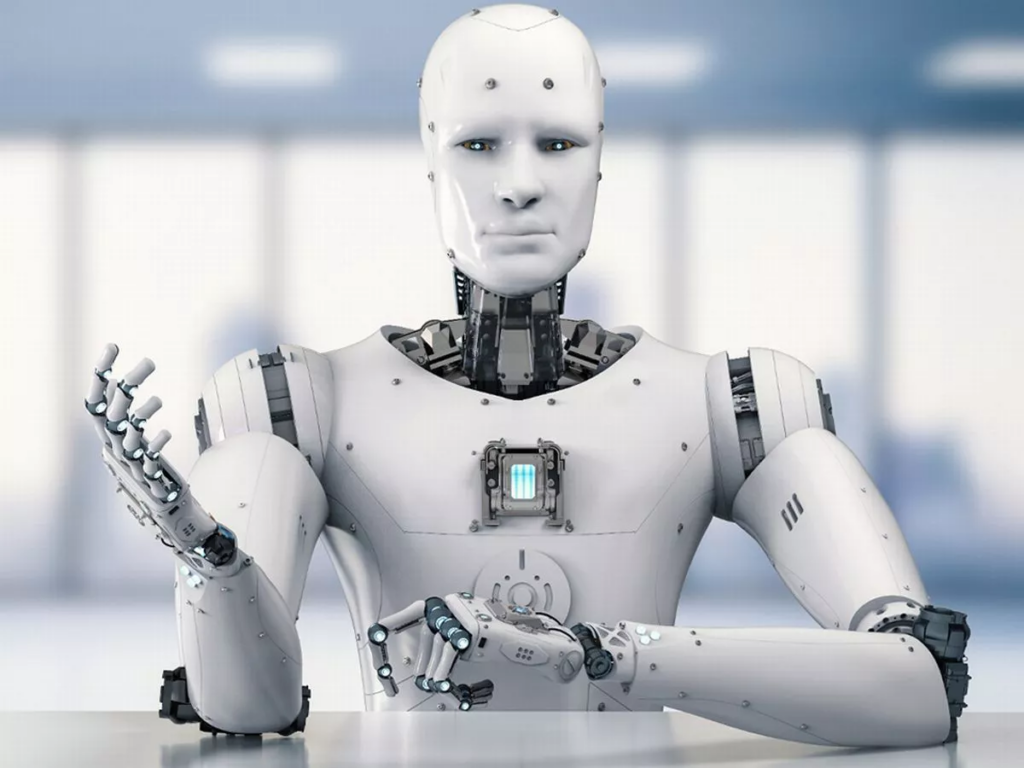I. Introduction to Robotics
A. Definition and Scope
Robotics, a multidisciplinary field, involves the design, development, and application of intelligent machines called robots. These machines replicate human actions or perform tasks beyond human capabilities, utilizing a blend of computer science, engineering, and other scientific principles.
B. Evolution of Robotics
The journey of robotics traces back to ancient times, but significant advancements burgeoned in the 20th century. From basic automated machines to complex, AI-driven systems, robotics has revolutionized various industries and aspects of daily life.

II. The Role of Automation
A. Benefits of Automation in Various Industries
Robotics and automation have significantly impacted industries like manufacturing, healthcare, agriculture, and logistics, enhancing efficiency, precision, and safety while reducing human error and labor costs.
B. Impact on Efficiency and Productivity
Automated systems have streamlined processes, accelerating production rates and optimizing workflows. The precision and consistency achieved through robotics have redefined productivity standards across industries.
III. Innovations in Robotics
A. AI Integration in Robotics
Advancements in artificial intelligence have empowered robots with cognitive abilities, enabling them to learn from experiences and adapt to dynamic environments, enhancing decision-making processes.
B. Advancements in Machine Learning
Machine learning algorithms have revolutionized robotics, allowing robots to acquire new skills, optimize performance, and efficiently handle complex tasks with minimal human intervention.
C. Collaborative Robotics (Cobots)
The emergence of cobots has revolutionized human-robot interaction, emphasizing cooperation rather than isolation. These robots work alongside humans, fostering a safer and more efficient working environment.
D. Autonomous Systems
The development of autonomous systems has led to self-driving vehicles, drones, and robotic assistants, promising a future where machines operate independently with minimal human guidance.
IV. Challenges in Robotic Automation
A. Ethical Considerations
As robotics advances, ethical dilemmas arise, such as the moral implications of AI decision-making and the responsibility for robot actions.
B. Job Displacement Concerns
The automation wave raises concerns about job displacement, prompting discussions on re-skilling the workforce for new roles.
C. Security and Privacy Issues
The integration of robots into daily life raises security and privacy concerns, requiring robust measures to safeguard data and prevent cyber-attacks.
V. Future Prospects of Robotics
A. Potential Growth Areas
Fields like space exploration, healthcare, and disaster management present vast opportunities for further advancements in robotics.
B. Human-Robot Collaboration
The future entails enhanced collaboration between humans and robots, augmenting human capabilities and enhancing productivity.
C. Environmental and Social Impact
Robotics can contribute to environmental sustainability by automating processes that reduce waste and pollution, positively impacting society.
VI. Conclusion
The landscape of robotics is evolving rapidly, ushering in a future where innovations will continue to transform industries and redefine human-machine interactions.



